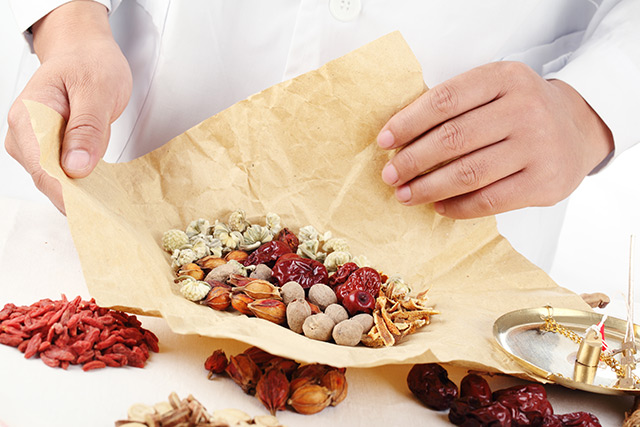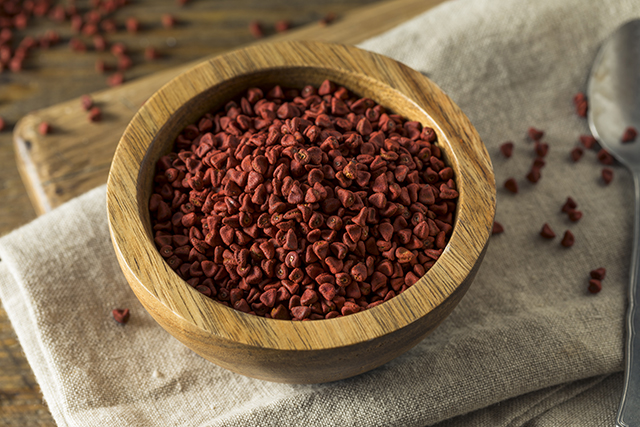Here’s why you shouldn’t have sweet drinks on an empty stomach
08/08/2018 / By Ralph Flores

Consuming high amounts of sugary drinks – as well as doing it on an empty stomach – could be linked to problems not only in the liver but also in the gut microbiota, according to a study reported in the journal Cell Metabolism. The researchers, led by Princeton University scientists, revealed that food and drink containing high levels of sugar – in particular, fructose – are mainly processed in the small intestine, with the rest spilling over into the liver and the colon when the small intestine becomes overworked.
The study adds to a growing body of evidence about the harmful effects of excessive sugar consumption. Earlier studies have identified excessive consumption of dietary fructose from sucrose and high fructose corn syrup, which are common sweeteners used in food products, as a significant risk factor for obesity and Type 2 diabetes. In particular, it promotes metabolic dysfunction, a condition where the body is unable to process glucose effectively or when cells fail to respond to insulin.
In addition, the effects of fructose on the liver are also well documented. When fructose is introduced into the liver, it undergoes a process known as lipogenesis to convert fructose into fat. The problem begins when the liver is overwhelmed with fructose: It results in tiny fat droplets accumulating in the liver cells. Once it accumulates, it becomes a condition known as nonalcoholic fatty liver disease (NAFLD) – one of the leading causes of liver disease in the U.S.
However, the findings, which revealed the role of the small intestine, shed light on previous assumptions that fructose is mainly processed in the liver. To understand this, researchers used isotope-labeled fructose to track how it passes through the digestive systems of laboratory mice. They found that more than 90 percent of fructose was processed in the small intestine of the mice.
Mother Nature's micronutrient secret: Organic Broccoli Sprout Capsules now available, delivering 280mg of high-density nutrition, including the extraordinary "sulforaphane" and "glucosinolate" nutrients found only in cruciferous healing foods. Every lot laboratory tested. See availability here.
“There is a fundamental physiological difference in how smaller and larger amounts of sugar are processed in the body,” explained corresponding author Joshua Rabinowitz of the Lewis-Sigler Institute for Integrative Genomics at Princeton. He added that based on the trials, fructose that come from moderate amounts of fruits do not pose a risk of reaching the liver.
The problem, according to the researchers, is when the body is exposed to abnormally high levels of fructose, such as those from soda or fruit juice. In the study, at least a gram per kilogram of a person’s body weight (1 g/kg) or higher of fructose can already overwhelm the small intestine, with the excess reaching the liver and the colon. In particular, researchers observed that fructose, when in the colon, becomes exposed to the gut microbiome, microorganisms harbored in the human gastrointestinal tract (GIT) that play a role in human nutrition and immune function.
“The microbiome is designed to never see sugar,” Rabinowitz added. “One can eat an infinite amount of carbohydrates, and there will be nary a molecule of glucose that enters the microbiome. But as soon as you drink the soda or juice, the microbiome is seeing an extremely powerful nutrient that it was designed to never see.”
Other studies have looked at the effects of certain types of food in the gut microbiome. In particular, in vivo studies revealed that a host exposed to a diet high in sugar will likewise expose its microbiomes to it. In turn, this may create a vicious cycle where microbiomes manipulate their host’s feeding behavior, enhancing the fitness of microbes that thrive on sugar and fat. This will most likely result in the disruption of the balance of the gut flora, causing the overgrowth of microbes such as the Candida yeast. This may result in a condition called candidiasis, which may infect different areas of the body. (Related: Is Your Microbiome the Cause of Your Weight Gain?)
The researchers also found that the small intestine can also process fructose more effectively after a meal. “We saw that feeding of the mice prior to the sugar exposure enhanced the small intestine’s ability to process fructose,” said Rabinowitz – which protected the liver and the microbiome from any exposure to sugar. Consequently, taking in fructose during fasting periods, he added, reduces the ability of the small intestine to process fructose.
The findings presented in the study may lead to a new model of fructose metabolism, according to Kathleen Page of the Keck School of Medicine, who was not connected to the study. In her comment on the findings, which was published in the journal Science Translational Medicine, she highlighted the need to translate the findings from mice to human studies. Of the results, she wrote: “Given that excessive fructose consumption is linked to metabolic disorders, including obesity, Type 2 diabetes, and fatty liver disease, it is of critical importance to understand how dietary fructose is processed and how the body may protect itself from the damaging effects of fructose.”
Rabinowitz adds a piece of advice for sugar consumption: Don’t take too much of it, and don’t drink sweet beverages away from meals.
Sources include:
Tagged Under: Colon, diabetes, digestive system, fatty liver, fructose, fruit juice, gut, gut microbiome, gut microbiota, high-fructose corn syrup, Liver, metabolic disorder, metabolism, non-alcoholic fatty liver, obesity, research, small intestine, soda, sugar, sweetened drinks, sweeteners




















